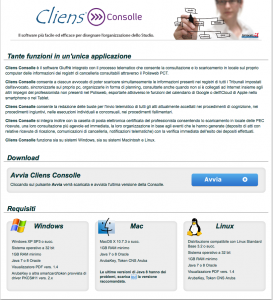The way Volkswagen is handling the Dieselgate is a very good example of proper crisis management and seems coming from a crisis management handbook (such as “Master of disaster“): once discovered, the company neither denied the facts nor tried to hide it, announced an independent review, fired the culprits, called-in a new, serious manager started cooperating with the authorities, saved the money for the inevitable fines and damages.
This way Volkswagen has been able to keep the public outcry under control because no collateral damages – such as deep burying evidences, threatening or bribing involved people, further doctoring information etc. – have been suffered, thus helping the company recover its image – and customer base – faster.

